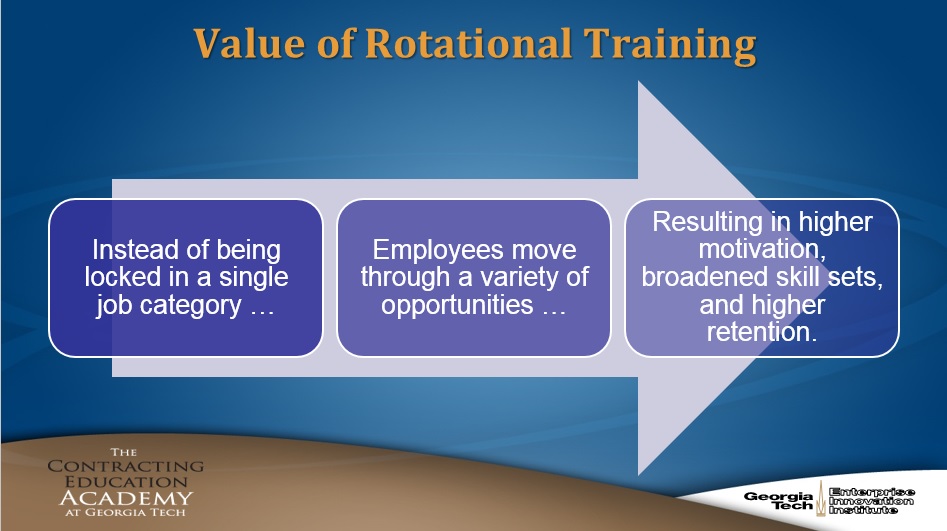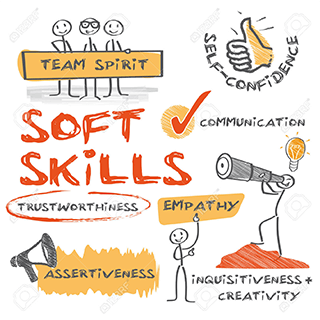A new form of IT has been in the making over the past decade or so. In this new iteration, IT is not merely the supporting act to business — the division that takes the business’s requirements, translates them into functional requirements and design, builds them, tests them, and presents them for user acceptance back to the business. This passive form of IT was appropriate in days gone by, but not now. There are specific reasons why IT needs to take more of a driving role in today’s constantly transforming business environment.
The vast majority of what we would call business requirements today have to be extracted from a database or warehouse or another technical repository. In this scenario, it is critical that the CIO builds the IT division into a role as a driver of business outcomes. Here are a few ways in which you can accomplish this task.
Encourage rotation programs between IT and business

There is no better way to encourage IT people to develop business acumen than to have rotation programs that move people between IT and the rest of the business. This also gives folks on the business side an opportunity to get to know IT people firsthand. Not only that, rotations also help to reduce the amount of us vs. them attitude prevailing between IT and business. If you are the CIO at an organization with the vision to rotate some of your IT leaders into business units and back, initiate a conversation with HR, and get that program started.
Encourage a culture of documentation and knowledge sharing
One of the biggest information bottlenecks faced by companies is the fact that most of the business knowledge is not sitting, like it used to, with Excel sheets owned by the business. Rather, the knowledge is sitting in tables, warehouses, and specialized tools on the IT side of things. Day in and day out, it is the IT personnel who are seeing and querying this data and getting up close with it. This is the reason why you as the CIO should always encourage a culture of documentation and knowledge sharing in the IT department.
The business knowledge stored in the tables and tools should be documented in a business-friendly form in PowerPoint and Excel. Make it a point of ensuring that knowledge-sharing sessions are happening on a regular basis between business and IT teams. Such sessions and documentation play a vital role in ensuring that everyone on the business is able to see and understand the data as it is being manipulated day in and day out on the IT side.

As time passes and the knowledge presented by the IT team gets constantly validated by the business-side stakeholders, IT team confidence in knowing the nuts and bolts of the business knowledge reaches a new high. At that point, the IT team reaches readiness in a very critical sense to be a driver of business outcomes rather than a somewhat passive participant on the journey.
Arrange soft-skills training for IT folks

In order to take up a more active role, it is essential that IT folks get sent to enough soft-skills training in areas such as negotiation, time management, team management, and contract closures to get sufficient professional grounding in the language of the business. While the bulk of the learning will happen on the job and it’s not that it is going to be your expectation as CIO that IT folks should turn into business folks overnight, some amount of formal training and learning greatly aids the process of learning these needed soft skills. Having solid soft skills is an invaluable part of getting ready to be a driver of business outcomes.
Arrange limited technology training for the business folks
Now for the other end: Just like IT folks will derive an invaluable amount of benefit by undergoing soft-skills training, some limited, focused technology training will do business folks a world of good. Any focused training that encourages business folks to start querying data directly will do wonders to boost their confidence while using highly technical tools.
Again, it is not that you as CIO is going to expect business folks to turn into IT experts overnight. Its just that having that comfort level with directly querying data from the tools is going to help break down barriers that exist between business and IT that are inhibiting the high-quality gathering of requirements and design of top-class solutions.
Set assessment criteria accordingly
In the general law of things, IT folks get their performance measured under IT-like criteria while business folks get their performance measured under criteria from the business world. Try changing things around a bit. Try to set a couple of performance goals for people from your IT team that are basically business-level goals. By doing this, not only are you encouraging the IT folks to get a deeper idea of the actual business-level goals, you are also pushing them into knowing the applications and systems at a deeper level.
Nothing works quite as well at delivering an effective message than placing it as part of the performance goals.
Develop a services model
One idea that has worked well for many teams is to reorganize the IT team into a services unit. This model encourages the IT folks to conceive the folks from the business concretely as their internal clients, not as amorphous “guys and gals down the hall.” Ensure that you have a complete service catalog created for the unit before entering into such an effort. This will make your life easy in terms of splitting up your services among an architecture or organizational design.
Photo credit: Pixabay



